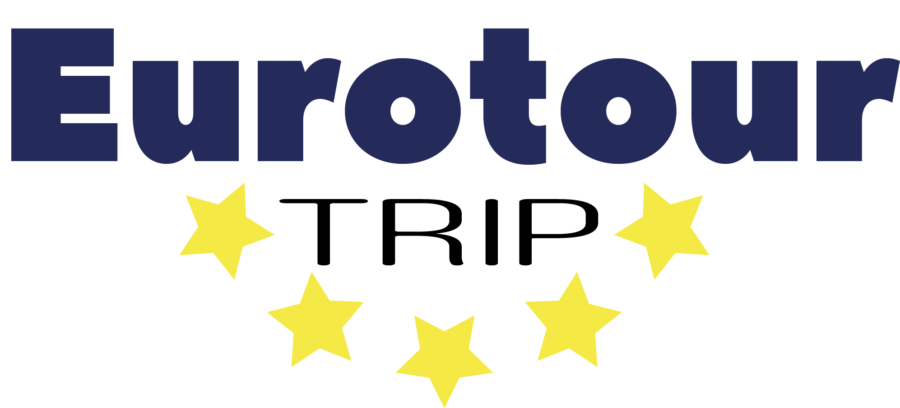
20 Dec Dublin
Dublin is Ireland’s vivid and exuberant capital on the estuary of the River Liffey, being located in the province of Leinster on Ireland’s east coast. It has appr. 530,000 residents.
Today is thought that the Viking settlement was preceded by a Christian ecclesiastical settlement known as Duibhlinn, from which Dublin took its name. Beginning in the 9th and 10th century, there were two settlements where the modern city stands, Viking and Gaelic. City remained largely under Viking control until the Norman invasion of Ireland in 1169. The city is known as the site of Irish independence struggle and James Joyce’s classic novel Ulysses as well as Guinness beer.
What to do and see in Dublin
Guinness Storehouse
This lovely Guinness-themed museum is located at the St. James’s Gate, and its exhibition covers seven floors surrounding a glass atrium shaped in the form of a pint of Guinness. The ground floor introduces the beer’s four ingredients and the brewery’s founder, Arthur Guinness. Other floors feature the history of Guinness advertising. In seventh floor, resides the famous Gravity Bar with a panoramic 360° view over the Dublin. Opening hours
Dublin Castle
This castle was the seat of of the United Kingdom government’s administration in Ireland until 1922. Most of it dates from the 18th century, but it has stood on the site since the days of English King John. Originally built as a defensive fortification for the Norman city of Dublin, it later evolved into a royal residence. Notable details of the castle are its Georgian Upper yard with the Bedford Tower built in 1761, and the gates of Fortitude and Justice. Also the Throne Room is a must-see. Castle hosts the Heineken Green Energy festival each May bank holiday weekend.
Phoenix Park
This park is the largest enclosed urban park in Europe, including a polo field and the Dublin Zoo. There is also fallow deers herding on the park!
Irish Museum of Modern Art
IMMA is Ireland’s finest institution for presentation of modern and contemporary art. It is located in the South side, Kilmainham district. Museum depicts a wide variety of art in a changing programme of exhibitions, and has also the education and community department. It is housed in the beautiful 17th-century Royal Hospital Kilmainham. Clearly a must-see for an art aficionado.
Trinity College
This is the Ireland’s oldest university and has 16,700 students. Its building complex is one of the most idyllic sites in Dublin. The Old Library is known for the Book of Kells, a gospel book believed to have been created circa 800 AD, and the national treasure of Ireland. Other attractions are the Geology Museum and the Douglas Hyde Gallery of art. Guided student-led tours are available on campus.
Areas
River Liffey divide the city into a North side and South side. On the South side are St. Stephen’s Green, shopping area Grafton Street, Trinity College, Christ Church, St. Patrick’s Cathedrals, and many other attractions, while the North side has Henry Street and Talbot Street with numerous stores and boutiques as well as the O’Connell Street, a popular thoroughfare.
Recreation
Dublin has over 600 pubs, and due the governement’s tax break to micro-breweries, many beers and ales are priced decently. The Old Storehouse (3 Crown Alley) at the Temple Bar area is one of the top places with good food and service. Palace Bar (21 Fleet Street, South side) has a wide range of Irish craft beers and a good selection of whiskey.
River cruise on Liffey is a splendid way to get acquainted with the city.
Buy
Grafton Street is the most famous shopping street of Ireland offering a variety of things to discover. It has plenty of retail stores and bars, cafés, restaurants and hotels. A must-see street for an urban explorer and a smart buyer. Moore Street market in the Northside district is famous open-air market, which is the Ireland’s oldest. Happy traders are selling here vegs, fruits and flowers from horse-delivery carts. Looking for cheap raw-food or genuine Irish market atmosphere? This is the place.
Photos: With the CC licence / Dowetz, EivindJ, J.-H. Janßen, Wknight94, William Murphy, Seraph~commonswiki, Ardfern, Trinity College: Photo by DAVID ILIFF. License: CC-BY-SA 3.0
| Dublín, Irlanda | 7°C few clouds | |
Wind
5 m/s, SSW
Humidity
82%
Pressure
749.31 mmHg | ||
Top 5 in Dublin
- Shopping at Grafton Street
- Guinness Storehouse
- Dublin Castle
- Relaxing in Phoenix Park
- River cruise on Liffey
How to get in Dublin
- The international Dublin Airport serves the capital, being located 10 kilometres north of Dublin, in Collinstown. List of its airlines and destinations is here.
- Dublin has two main railway stations. Heuston Station, in the west of the city centre, serves much of the west and south of the country including an hourly service to Cork which also services Limerick. Connolly Station, in the north-east centre of the city, serves the south east and east coast, Belfast, Sligo in the north-west and suburban commuter services including the Dublin Area Rapid Transit (DART) system.
- Main bus station, Busáras, is the terminus for Bus Eireann, which operates traffic to/from almost all Irish cities and towns.
How to get around in Dublin
- Dublin’s public buses are free of charge with the Dublin Freedom Pass.
- The The Luas tram runs reliably. There are two lines – red (running from Connolly railway station and the Point Theatre to the suburb of Tallaght) and green (running from St. Stephen’s Green to Bride’s Glen in Cherrywood). Routes and ticket prices are visible here. See the all bus networks and five suburban rail lines here.









